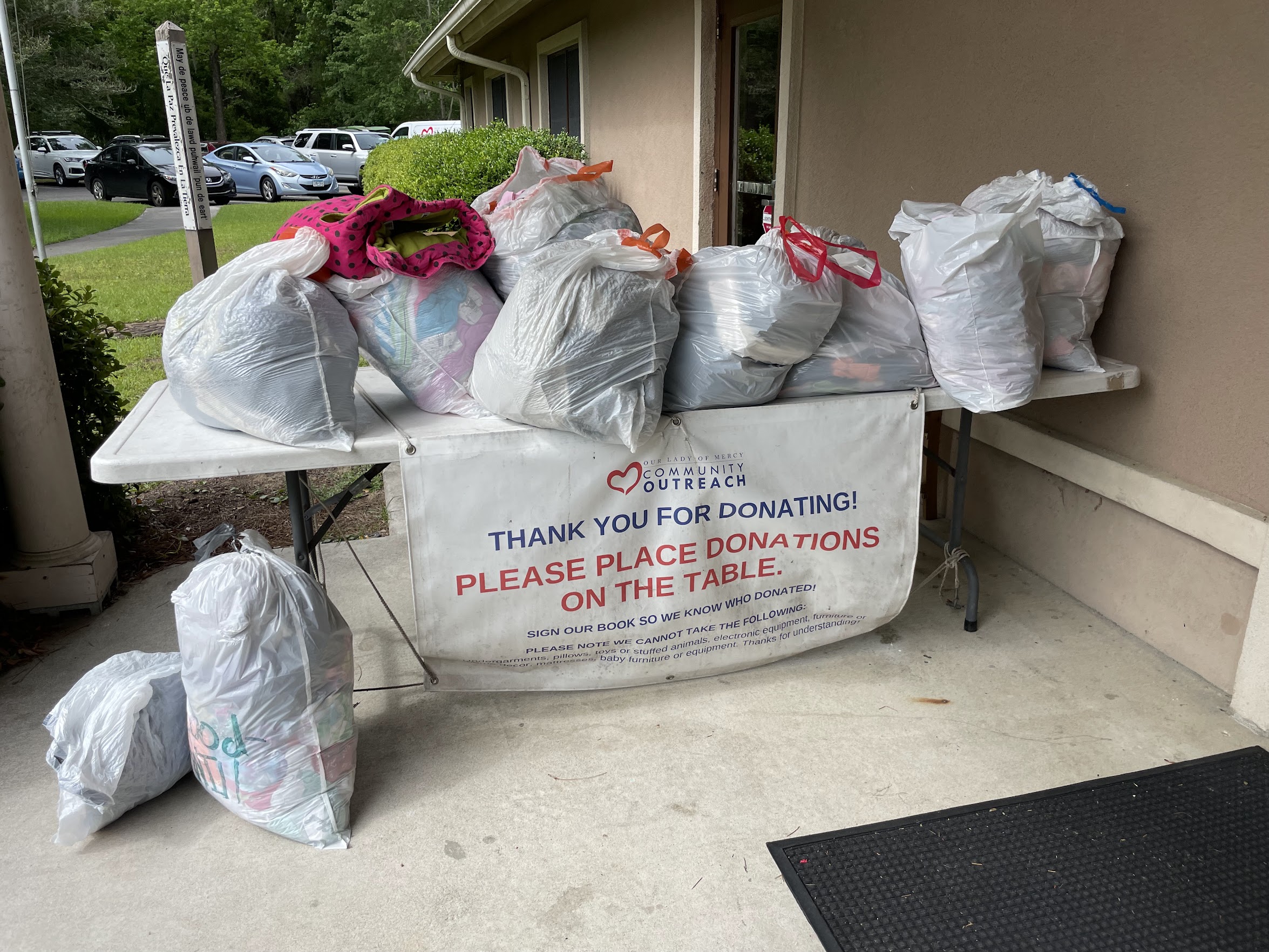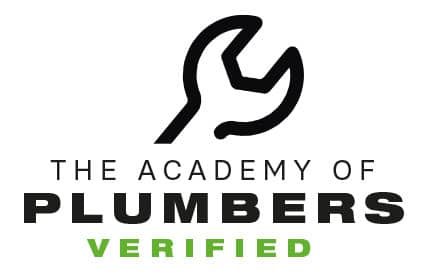Burn Awareness Week
Every year, the first week of February is Burn Awareness Week, observed by the American Burn Association. This is a great opportunity for people to educate themselves on burn, fire, and life safety to help prevent harmful or fatal burns. The 2021 theme is Electrical Safety from Amps to Zap (A-Z).
Burn injuries caused by electricity are categorized into three types of burns: electrical burns, burns from arc blast and arcing, and thermal contact burns. Many electrical burns are avoidable so it is important to practice safety whether you are at home or in the workplace. Below are the burn safety ABCs created by the American Burn Association. Make sure to always practice safety around electricity and to always hire a licensed electrician when you need electrical work done.
Amps to Zap (A-Z) #NBAW
A is for Appliance | Plug major appliances directly into a wall outlet. DO not use extension cords or power strips. Only one heat-producing appliance should be plugged into an outlet.
B is for Batteries | Batteries can short circuit when the positive (+) and negative (-) termincals of a battery are in contact with each other. Batteries in a pocket with coins, keys, and other metal objects can short circuit and cause burns.
C is for Check Cords | Always check cords before use for cracks or frayed sockets, loose or bare wires, and loose connections.
D is for Drowning | Electric shock drowning occurs when electrical current from damaged wiring in the marina, or from boats that are connected to the docks’s power supply, travels through the water. This electric current can cause nearby swimmers to become incapacitated and drown.
E is for Extension Cords | Extension cords should be rated for their intended use. Never use an indoor extension cord outdoors.
F is for Frayed | Never use electrical cords that are broken or frayed.
G is for Generator | Never plug a generator directly into a household outlet. This will cause a back feed/ Hire a qualified electrician to install a transfer switch for emergency generator use.
H is for HVAC | Heating, ventilation, and air conditioning systems (HVAC) should be inspected annually by a qualified service professional to check for any electrical problems,.
I is for Indicates | A flickering light usually indicated that fixture/circuit has loose wires of the bulb has come loose. Try tightening the bulb. If flickering continues, call an electrician.
J is for Jumper Cables | Check the owner’s manual for the vehicle and follow all of the manufacture’s guidelines to properly jump-start a car battery with the jumper cables.
K is for Keep | To prevent shock, keeo electrical devices and outlets away from water.
L is for Lockout | Follow OSHA 29 CFR 1910.147:
- Notify all employers
- Shut down equipment
- Isolated equipment from energy source
- Release any stores energy
- Lock and tag all switches and controls
M is for Maintenance | Routine maintenance on electrical equipment should include looking for frayed cords, damaged insulation, and broken plugs.
N is for National Electric Code | When performing electrical work in your home, make sure it meets or exceeds the standards of the National Electric Code.
O is for Outside | If caught outside in a storm, find immediate shelter in a studyr enclosed building or hard top automobile.
P is for Pull | Never pull an item from an electrical outlet by the cord, instead pull from the base.
Q is for Qualified Electrician | Who is considered a qualified Electrician:
- Perform work according to electrical codes
- Have years of training
- Purchase from reputable dealers and suppliers
- Are licensed to perform electrical work
- Do safe work
R is for Rug | Never have plugged in extension cords running underneath rugs.
S is for Stay Back | Always stay back at least 20 feet and call 911 when you spot a down power line.
T is for Tripped Circuit Breakers | Circuit breakers that are frequently tripped are a sign that the circuit can’t handle the demand for power. Move appliances to other circuits or have an electrician check your household electrical system.
U is for Underground | Before digging, call 8-1-1 before you plan to start. 8-1-1 will locate underground utilities to help prevent injuries and deaths from electrocution.
V is for Voltage | Never assume a circuit is safe because it is powered off. Use a meter to check for voltage before touching any wiring or other electrical components.
W is for Warm | Unusually warm switches or outlets may indicate unsafe wiring. Stop using the switches and call an electrician.
X is for X-ray | Ensure their is sufficient grounding of the x-ray table, control panel, and tube stand when working with electricity.
Y is for Y-adapter | A y-adapter splits power from a single outlet into two. When using one, be sure the electriconic’s amperage does not exceed the power source.
Z is for Zapped | Make sure electrical equipment is properly grounded so you don’t get zapped by electricity.
Transworld Electric is committed to safety and protecting our employees and customers from electric burns and creating an environment free of electrical hazards. If you need safety training or a licensed electrician, fill out the contact form below.





